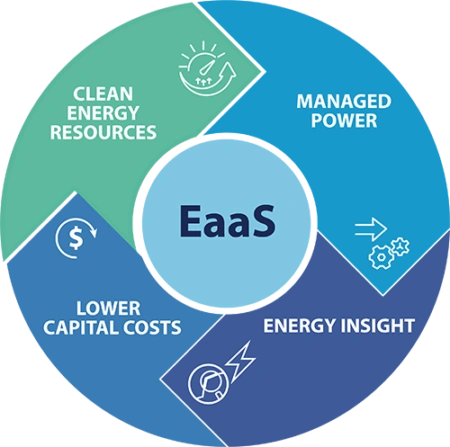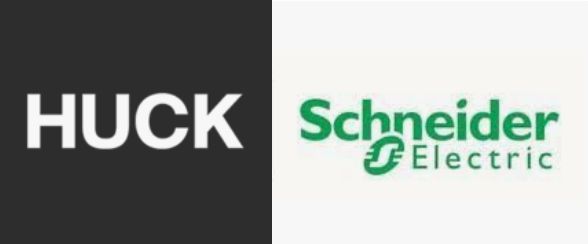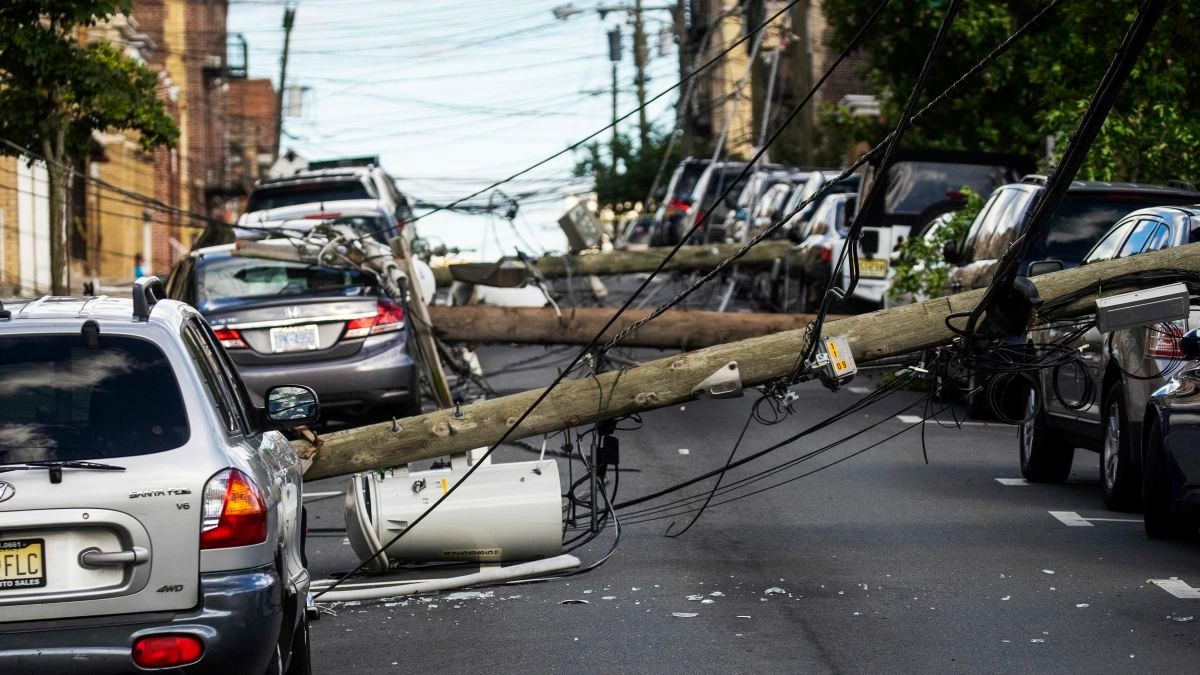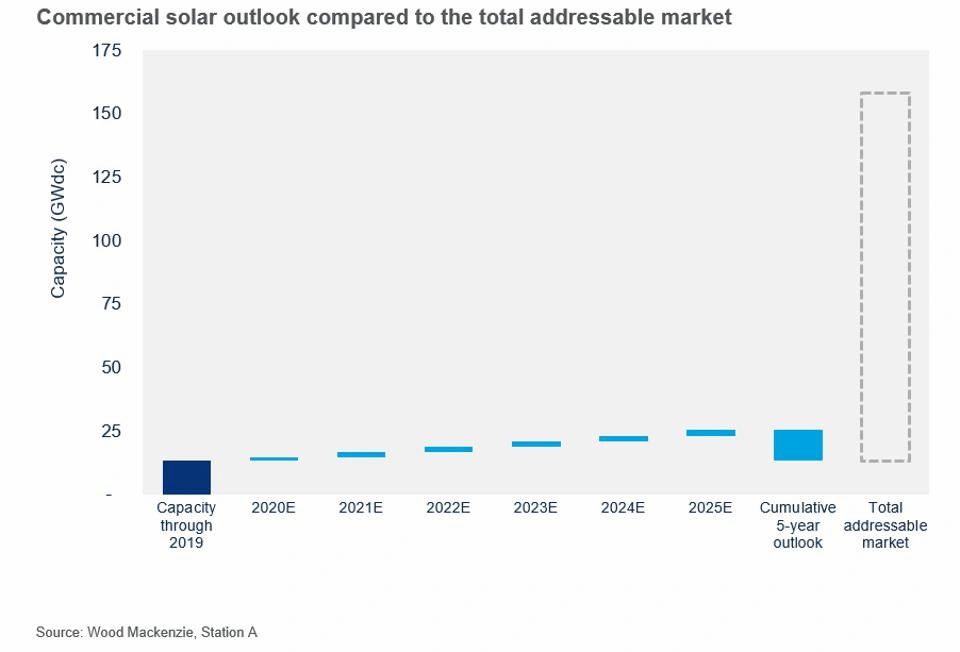IO NEWS
Can the Energy as a Service Model Create the Resiliency We Need?
Storm Isaias' impact on the East Coast last week provided a reminder towards why the renewable energy industry still has a ways to go towards reaching true resiliency. As reported in a recent article by Microgrid Knowledge, Isaias shut down power to 6.4 million homes and businesses. Connecticut, New Jersey and New York were particularly impacted.
New Jersey’s largest utility, PSE&G reported August 5 that 700 critical facilities were out.
“That’s hospitals, police/fire/ambulance, gas stations, transit systems, supermarkets, nursing homes – other utilities – water and sewage companies,” said the utility in a media statement. In all, seven New Jersey hospitals lost power and none had microgrids.
Thanks to companies such as Powersecure, Bloom Energy, and Ameresco, there were a few pockets of Microgrid success stories observed, such as the operational continuation due to the microgrid at Bradley International Airport. However, these successes represent a significantly small percentage of customers and highlight the work that needs to be done in creating a resilient power grid, capable to handle the challenges of this new decade.
The west coast may not be any better prepared to face its own environmental challenges. As reported by Microgrid Knoweldge, "Pacific Gas & Electric, the state’s largest utility, in March backed out of plans to initiate an estimated $1 billion in permanent microgrid projects after receiving bids and realizing it could not get the projects built before 2020’s wildfire season, as planned. The utility initially said it would postpone the permanent microgrids this year, but take them up next year. Since then, it has canceled the program entirely. Instead, it has focused largely on installing simpler, temporary microgrids that rely on diesel generators. Southern California Edison also nixed plans to build microgrids this year. The utility cited a tight schedule to get the microgrids built that drove up costs."

As outlined in the article listed in the image above, the underwhelming response from utilities to prepare for these environmental challenges could pose huge problems for homeowners and businesses. "A mix of dry conditions and strong winds are conspiring to make this year’s wildfire season in California especially threatening, and utilities and regulators are working to rapidly implement new resilience programs and ready microgrids to mitigate fire risk and prevent prolonged outages." Ultimately, more frequent - and longer - power outages are likely to be on the horizon.
So what can be done to move microgrid development along more quickly? In addition to streamling the interconnection and permitting of microgrids, we need two things. First, we need to decentralize energy generation and give greater control to local agencies. Second, a better way of financing these projects has been desperately needed in this industry. If a new model can be produced, there truly is a wealth of untapped opportunity.
Decentralizing utility generation through networks of Distributed Energy Resources:
As stated in an article within Bloomberg Green, "Having reliable, sustainable access to renewable power should be a top corporate priority for both small and large companies in the coming years. Local electric grids offer potential stability in both service and pricing, which are increasingly volatile amid the global push to electrify transport and blackouts related to climate change-driven storms and wildfires."
In California this week, as mentioned by Microgrid Knowledge, " A coalition representing 14 cities and 23 counties in California this week urged state regulators to give communities a chance to control community microgrid pilots and not restrict them to utilities.
The Local Government Sustainable Energy Coalition (LG) said the state’s current “top down” approach — which puts utilities in charge of community microgrid programs — is not working. The group filed the comments before the state California Public Utilities Commission which is looking at how to more quickly commercialize microgrids (Rulemaking 19-09-009).
Under the proposal, communities with experience managing large energy project would serve as microgrid program administrators. As such, they would receive money carved out by the state for community microgrid pilot programs.
In addition, the communities would receive funding for ‘resiliency officers,’ who would bring expertise to microgrid planning that local elected officials and city staff lack. The funding would go to communities where wild-fire related power outages last more than four hours in 2019 and 2020."
The untapped solar market, and the need for a new way to finance.
As mentioned in Forbes, "Wood Mackenzie’s outlook puts the annual commercial solar market at roughly 2 GW a year from 2021-2025. Over that time frame, enough commercial solar will be installed to tap into 8% of this addressable market."
As stated in the Forbes article, US Commercial Solar Presents Massive Opportunity, "Unlike residential solar that has standardized financing, or utility-scale solar that has the benefit of scale, commercial solar has neither.
Each commercial solar project has a high degree of customization and complexity. Frequently, the work and expense involved in acquiring a customer and obtaining financing kills deals. And the pandemic may temporarily exacerbate these problems by causing financiers to be more conservative.
These are tough challenges that depend on numerous financial and regulatory factors. And there’s a litany of innovative companies working hard to solve these problems. If they can be overcome, a massive addressable market awaits."
The Energy as a Service model is poised to solve this challenge.
Energy as a Service (EaaS)
Energy as a Service creates a financial model where customers pay gradually, with no money down, and to pay only for the service provided by the microgrid. The model now accounts for 87% of new microgrids, according to Guidehouse.

“Providing end customers with an option of either addressing their energy/resiliency/sustainability needs without the use of CAPEX funding will continue to drive the microgrid market,” said Gregg Morasca, vice president, microgrid content officer, for Schneider Electric.
As stated in PR Newswire, "Businesses want to maximize their energy independence and minimize their carbon footprint," said Steve McBee, Founder and CEO of Huck Capital. "This model supercharges momentum for a zero carbon future and provides customers the clean, affordable, and reliable solutions they demand."
A New Partnership: Huck Capital & Schneider Electric

As mentioned today, 8/14/2020 in PRNewswire, "Schneider Electric, the leader in digital transformation of energy management and automation, and Huck Capital, an investment firm committed to transforming the century-old utility model, announce a partnership to create a new company that will deliver energy-as-a-service to commercial and industrial buildings. This partnership combines Schneider's industry leading energy management and microgrid expertise with Huck's sustainability-focused investment and operational focus. The partnership creates an innovative alternative for building owners and operators who want to transition to renewable energy to lower emissions, increase resiliency, and reduce costs, without investing in renewable energy assets and relying on specialists to operate the microgrid.
The energy-as-a-service model simplifies what today can be a very custom, complex and expensive process by providing standardized, modular, pre-engineered solutions. An average commercial microgrid using renewable energy delivers over 10,000 tons of greenhouse gas savings over its lifetime, the equivalent of saving 21 million car miles. The new company's pipeline projects 5 megatons of greenhouse gas savings.
The new company's CEO Jose Lorenzo said, "We know in the current crisis companies need to conserve cash, and our solution will enable them to decarbonize and reduce energy costs- while freeing up capital to keep their business running". Customers pay for resilient and sustainable energy outcomes at a cheaper rate without the hassle of investing in and operating microgrids."
The team at Instant ON enthusiastically applauds this timely partnership between Huck and Schneider Electric. Businesses need these solutions now more than ever. With the resources and support of companies such as Huck and Schneider Electric, we all are one step closer towards creating a more equitable and resilient future.
Written by David Perzynski, 8/14/2020
For more information about IO's approach, contact Instant ON here.
Follow us on Youtube for our weekly Friday podcasts here.
To receive our weekly news updates, enter your email here.
Follow us on Linkedin here.
Follow us on Facebook here.

